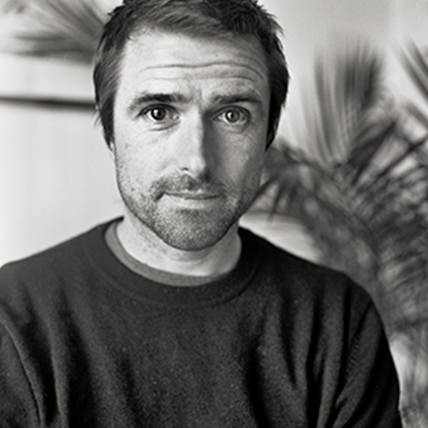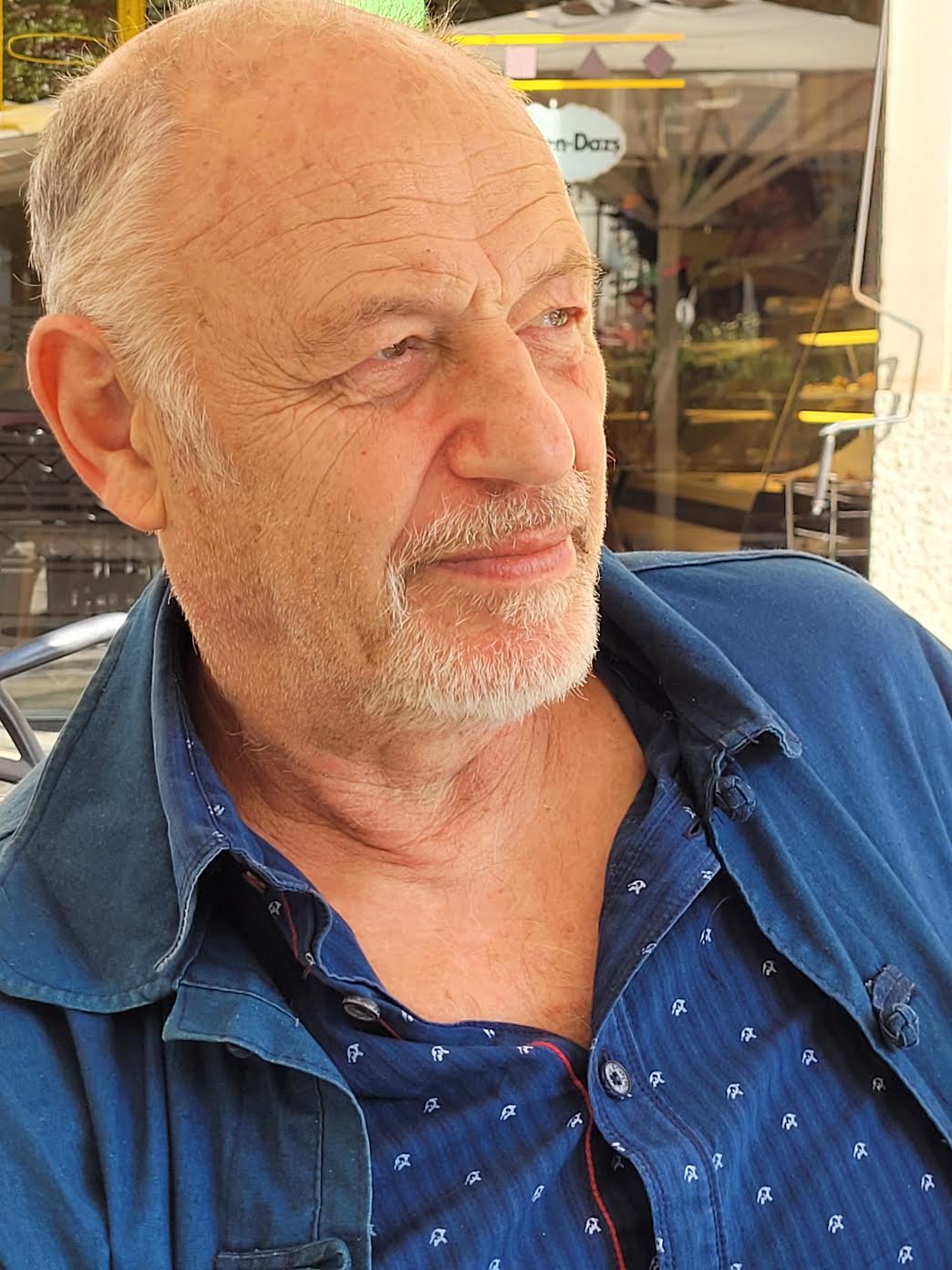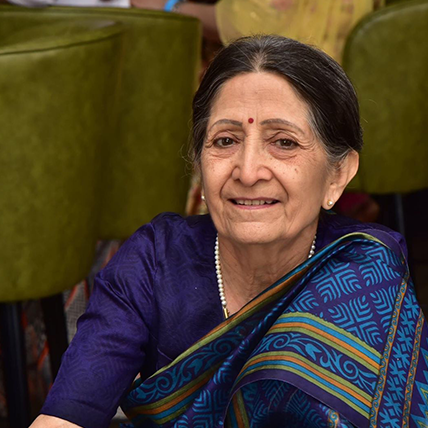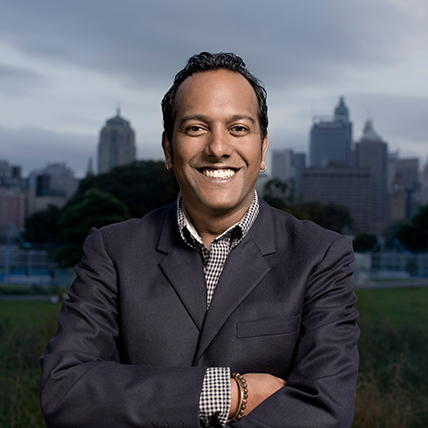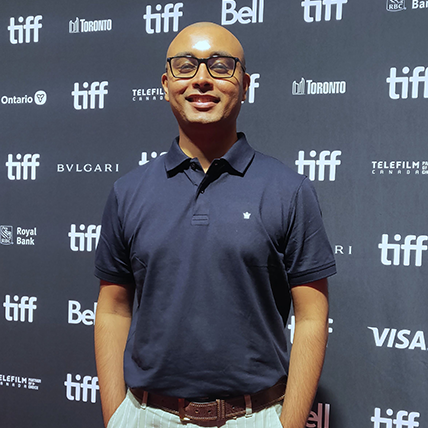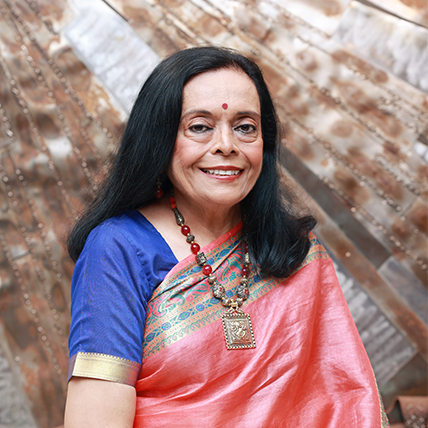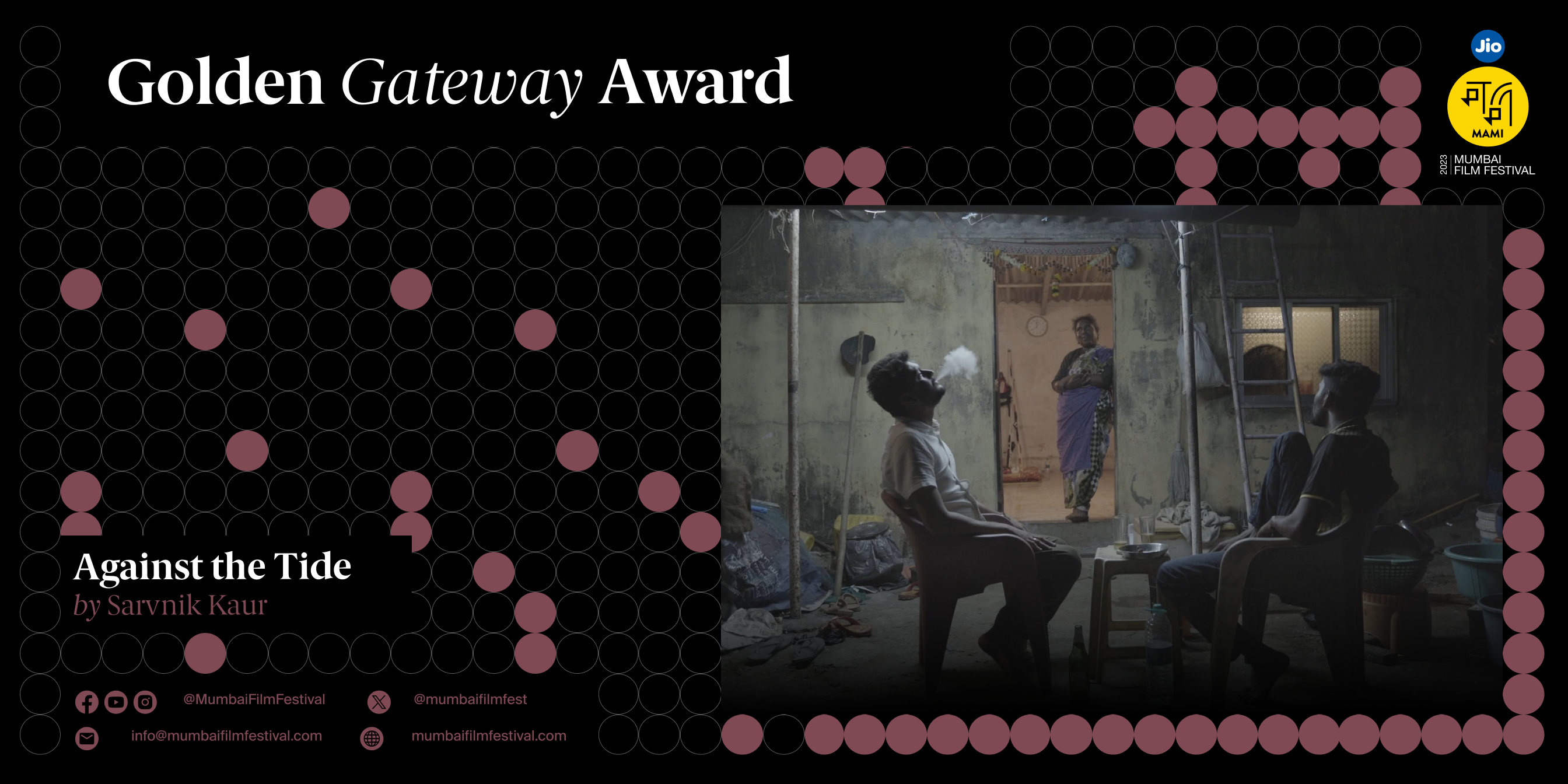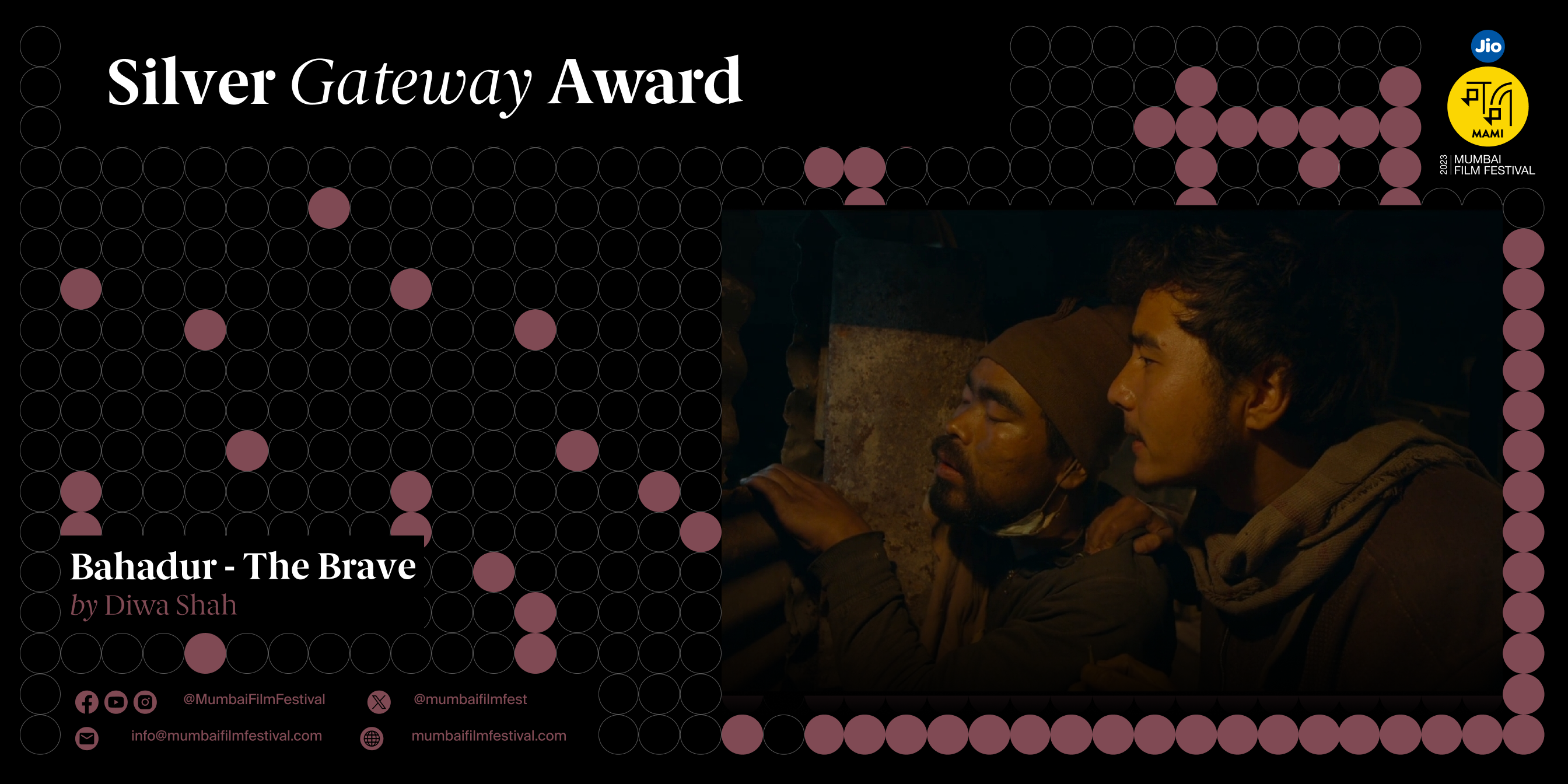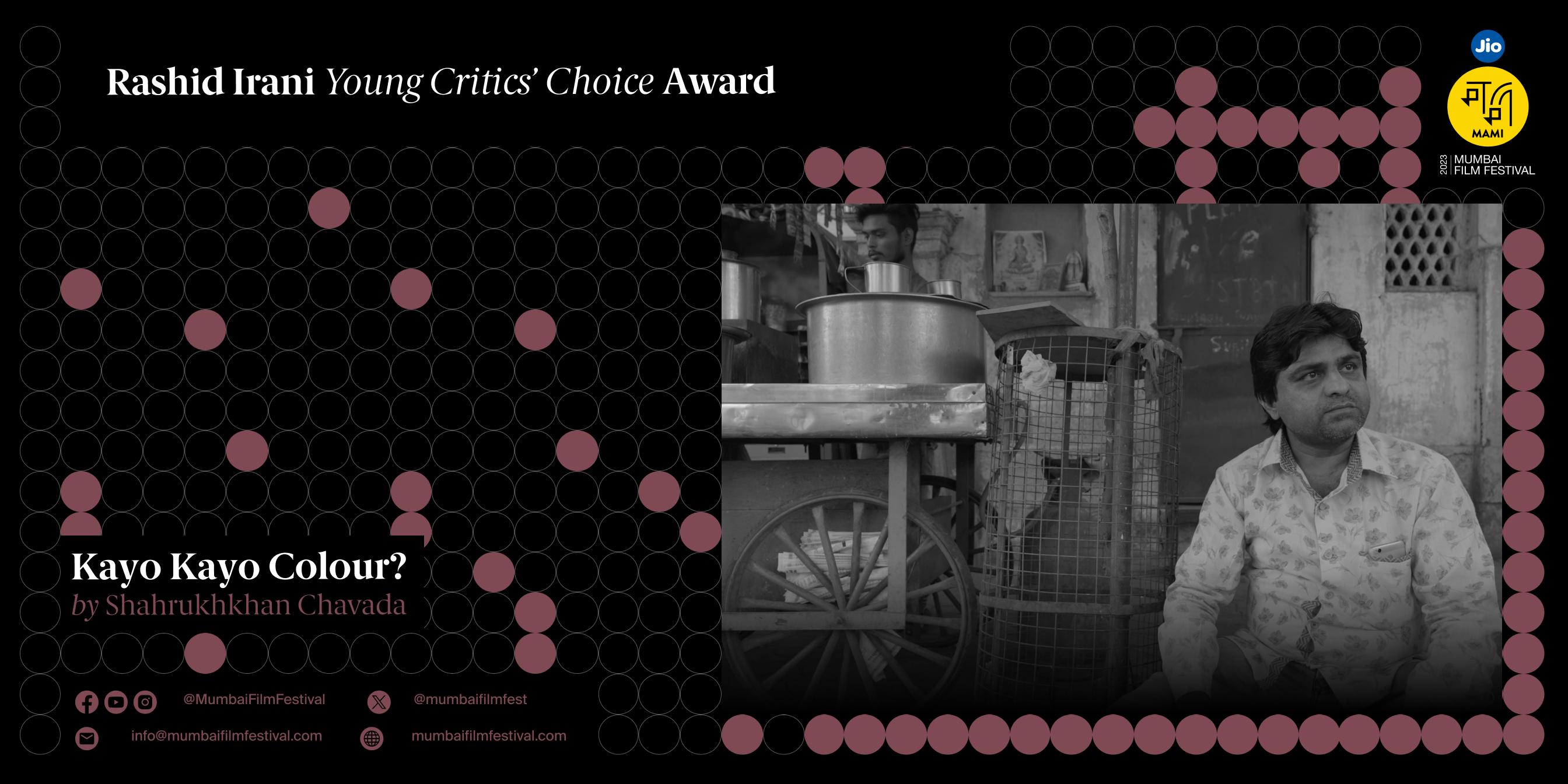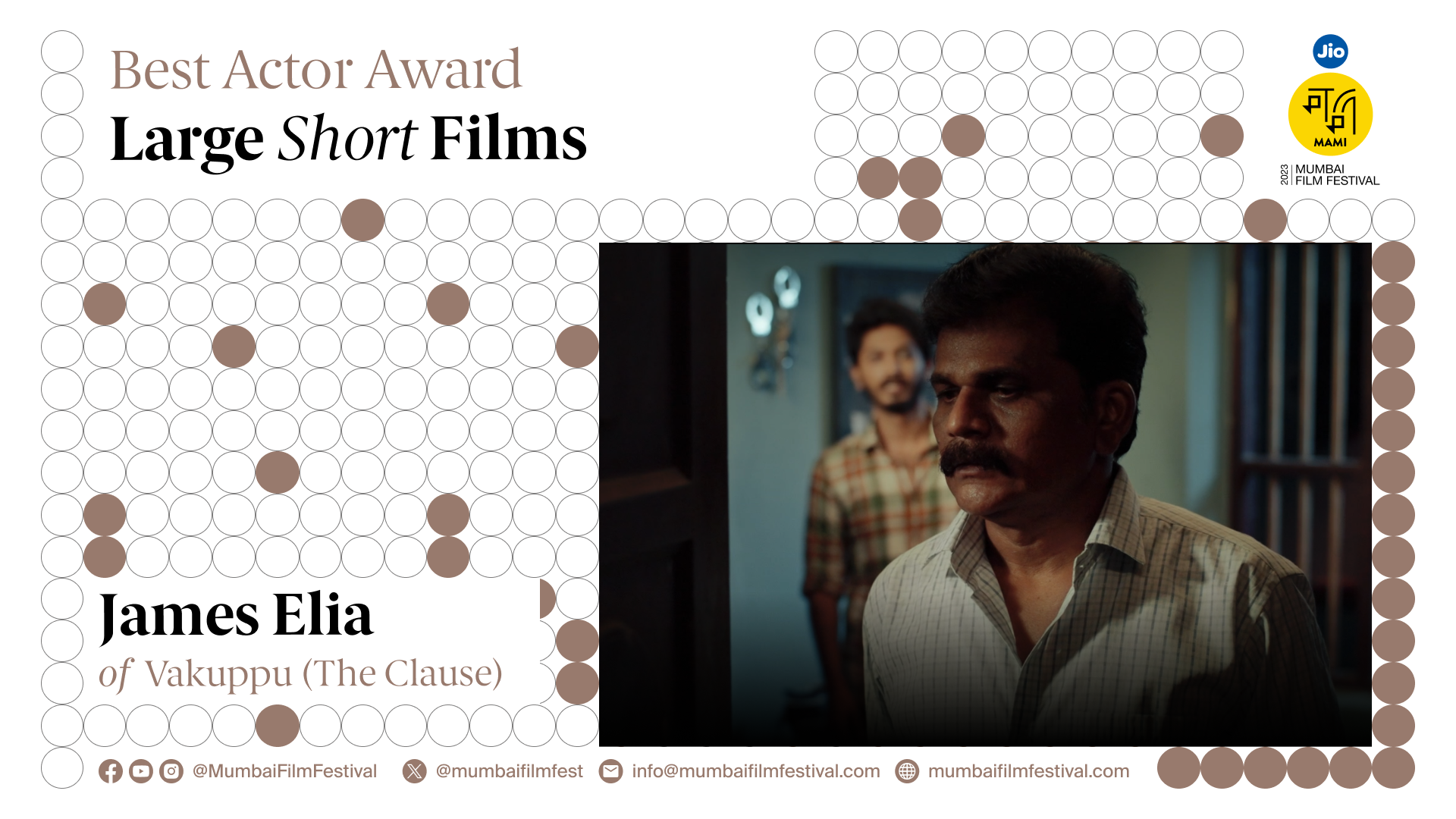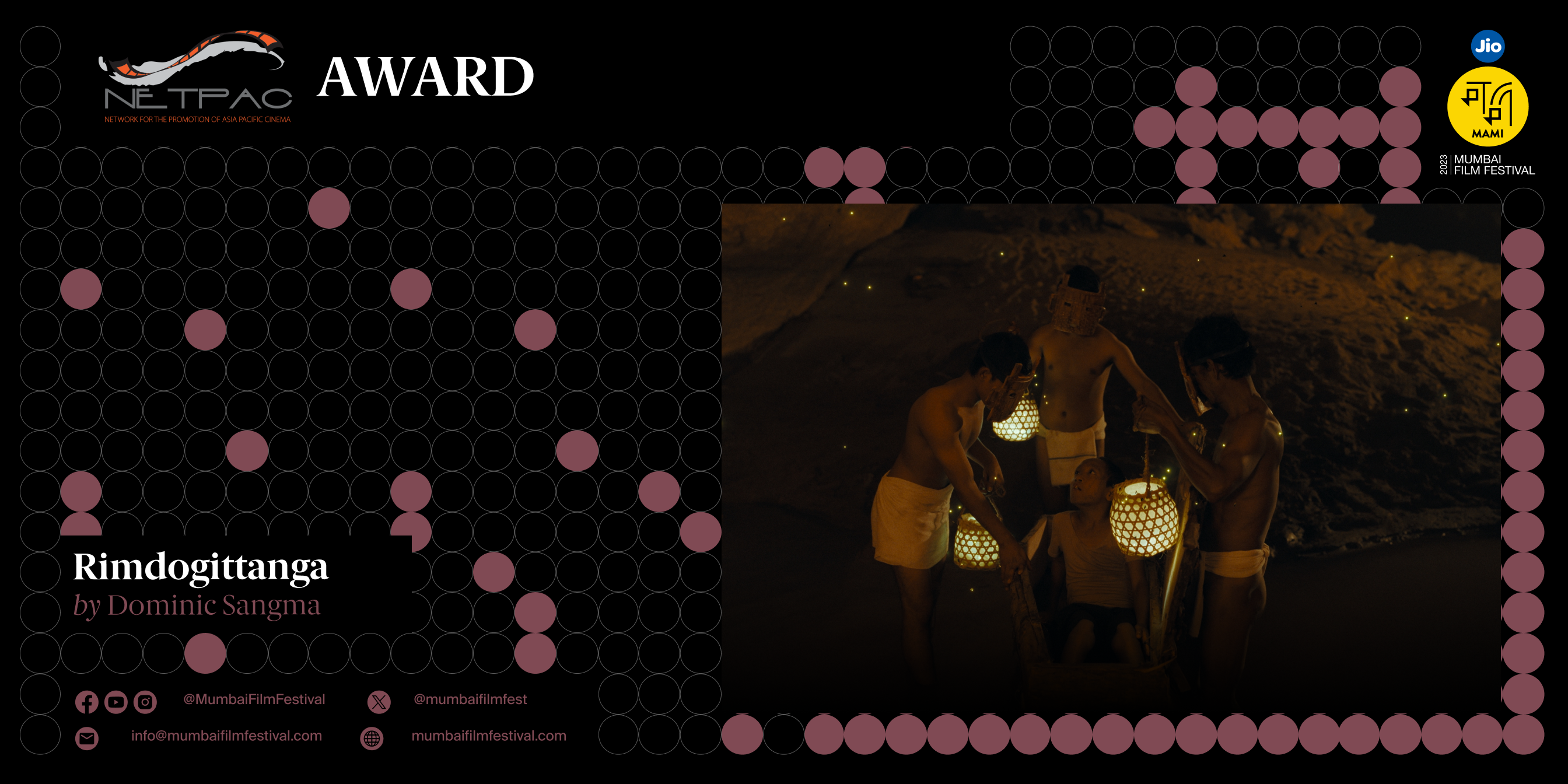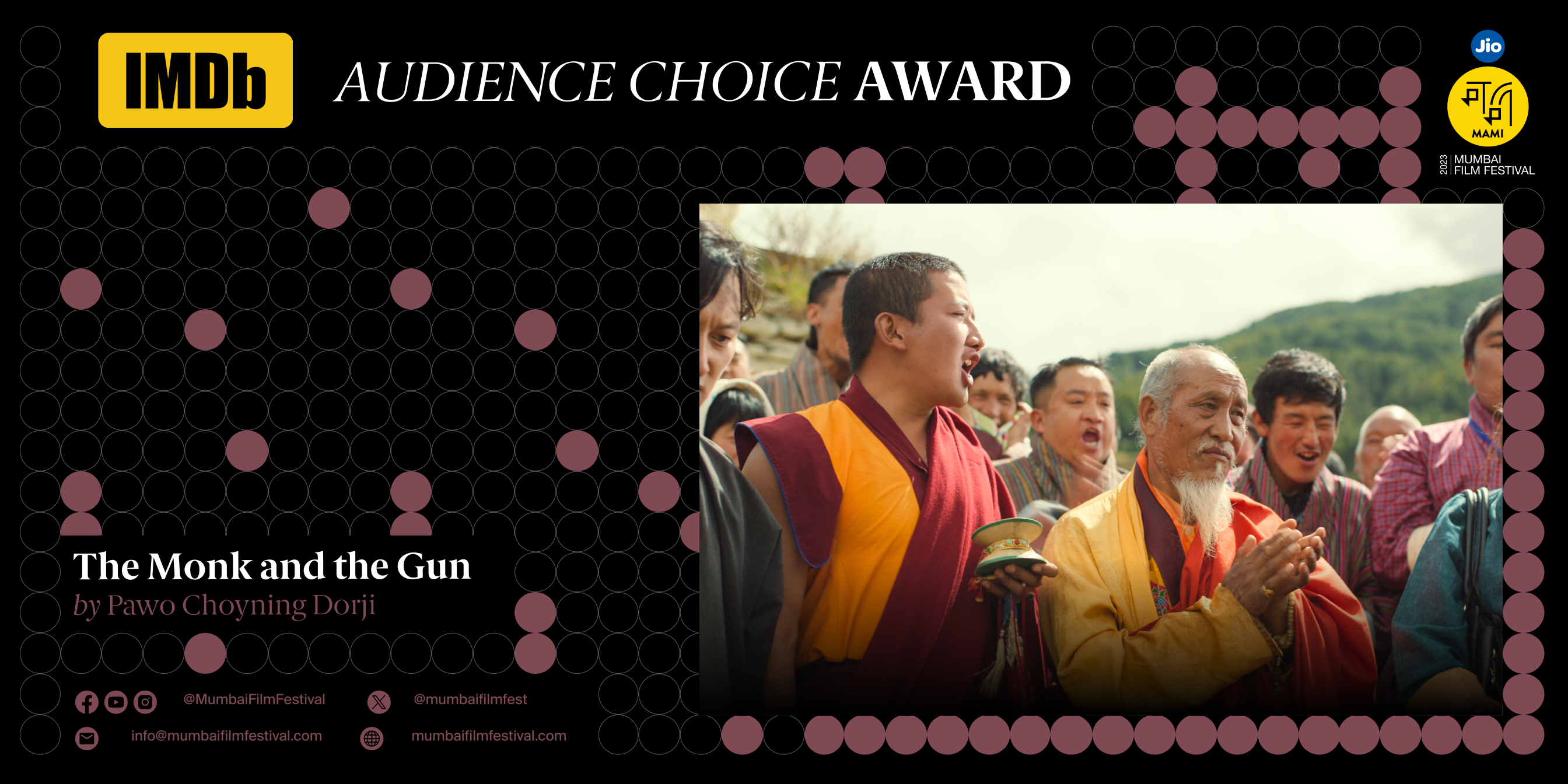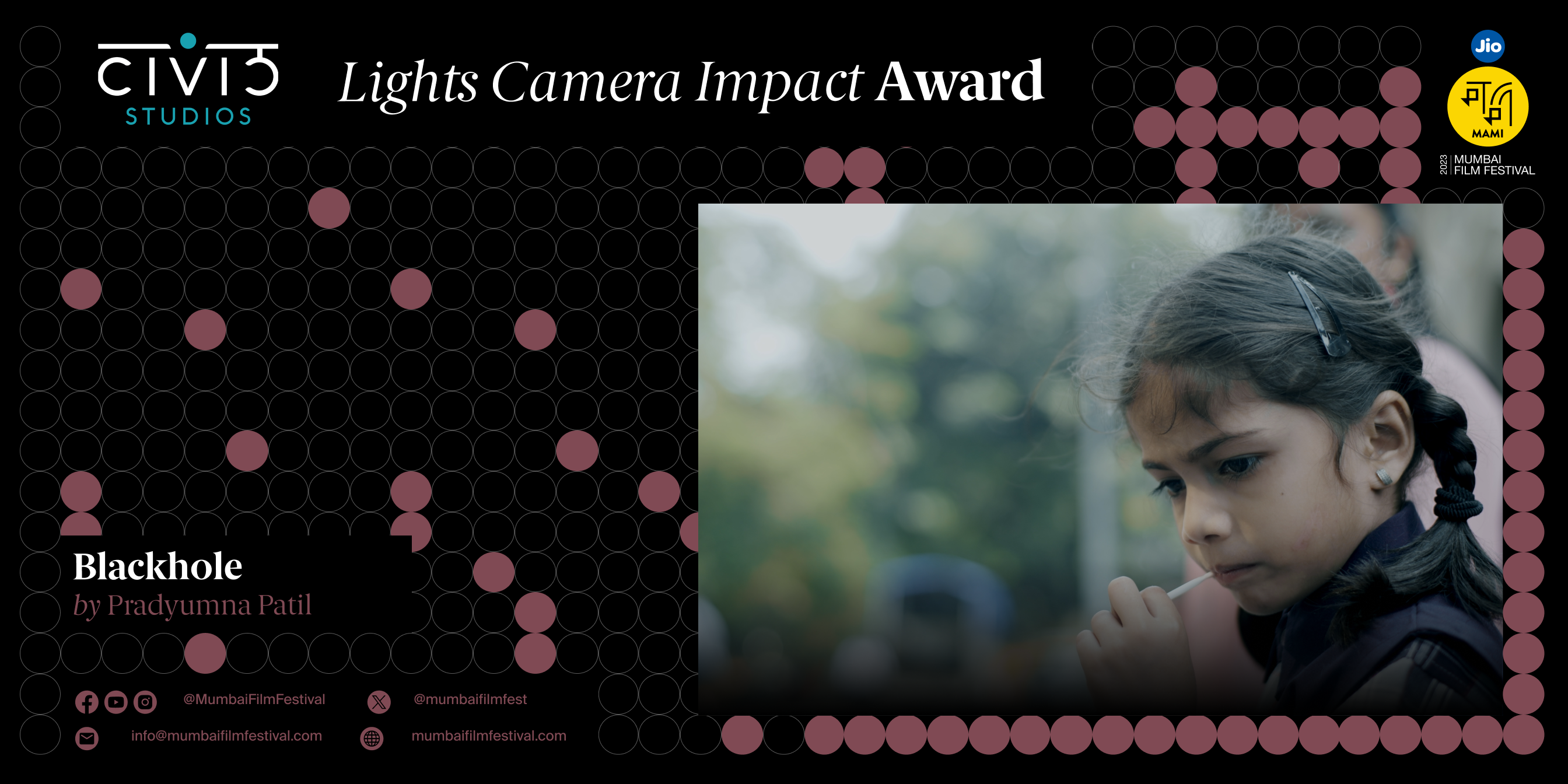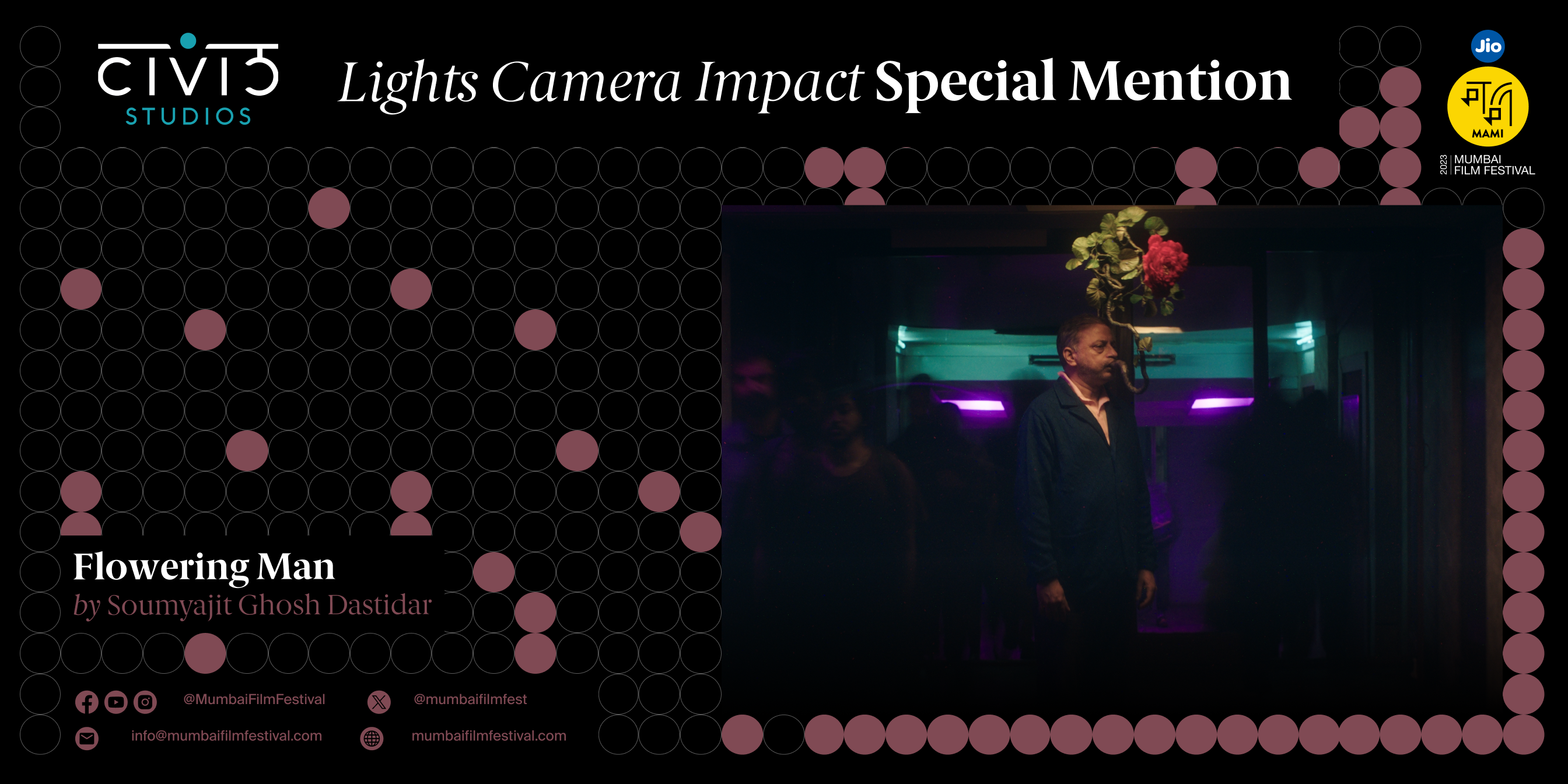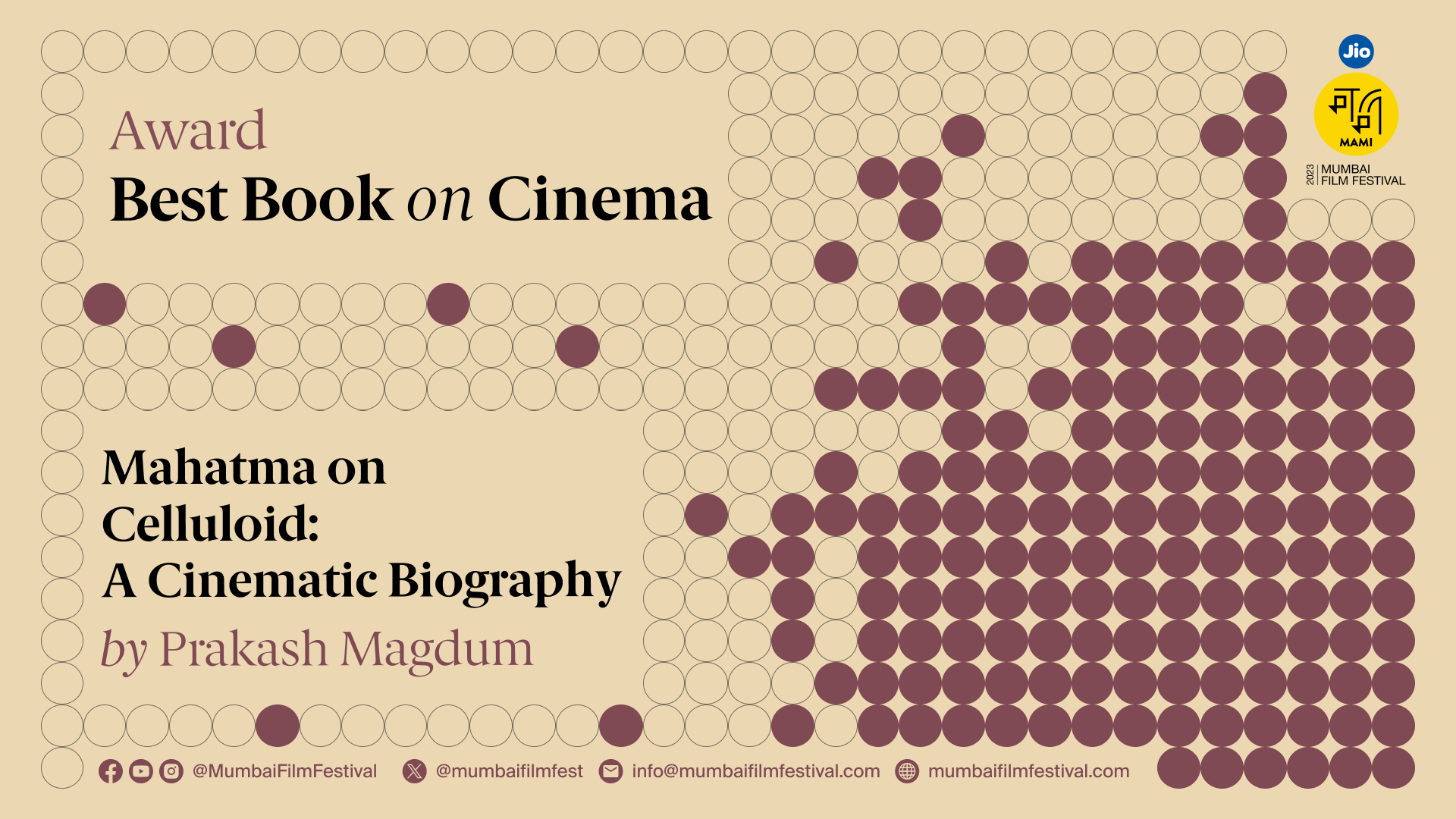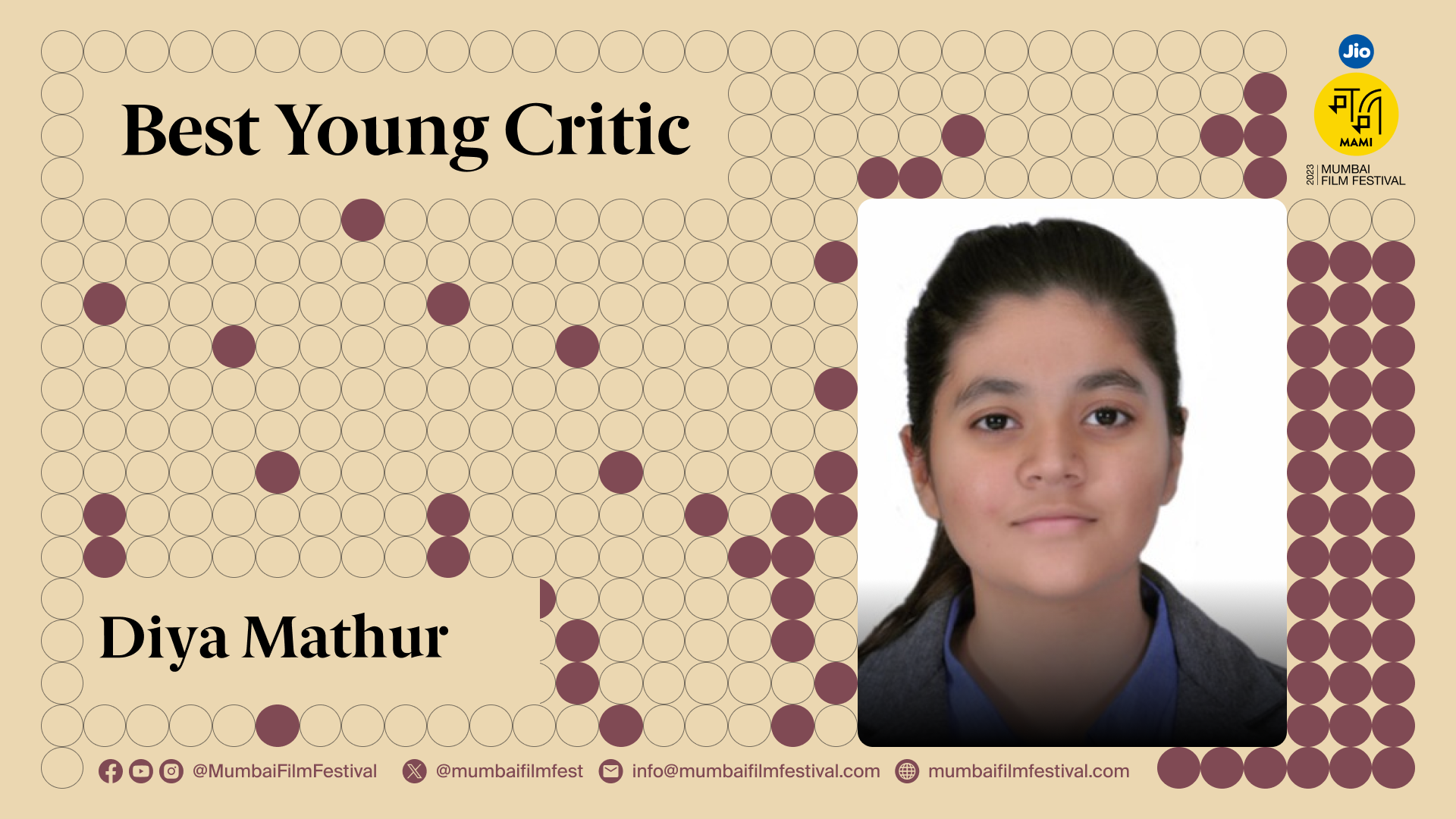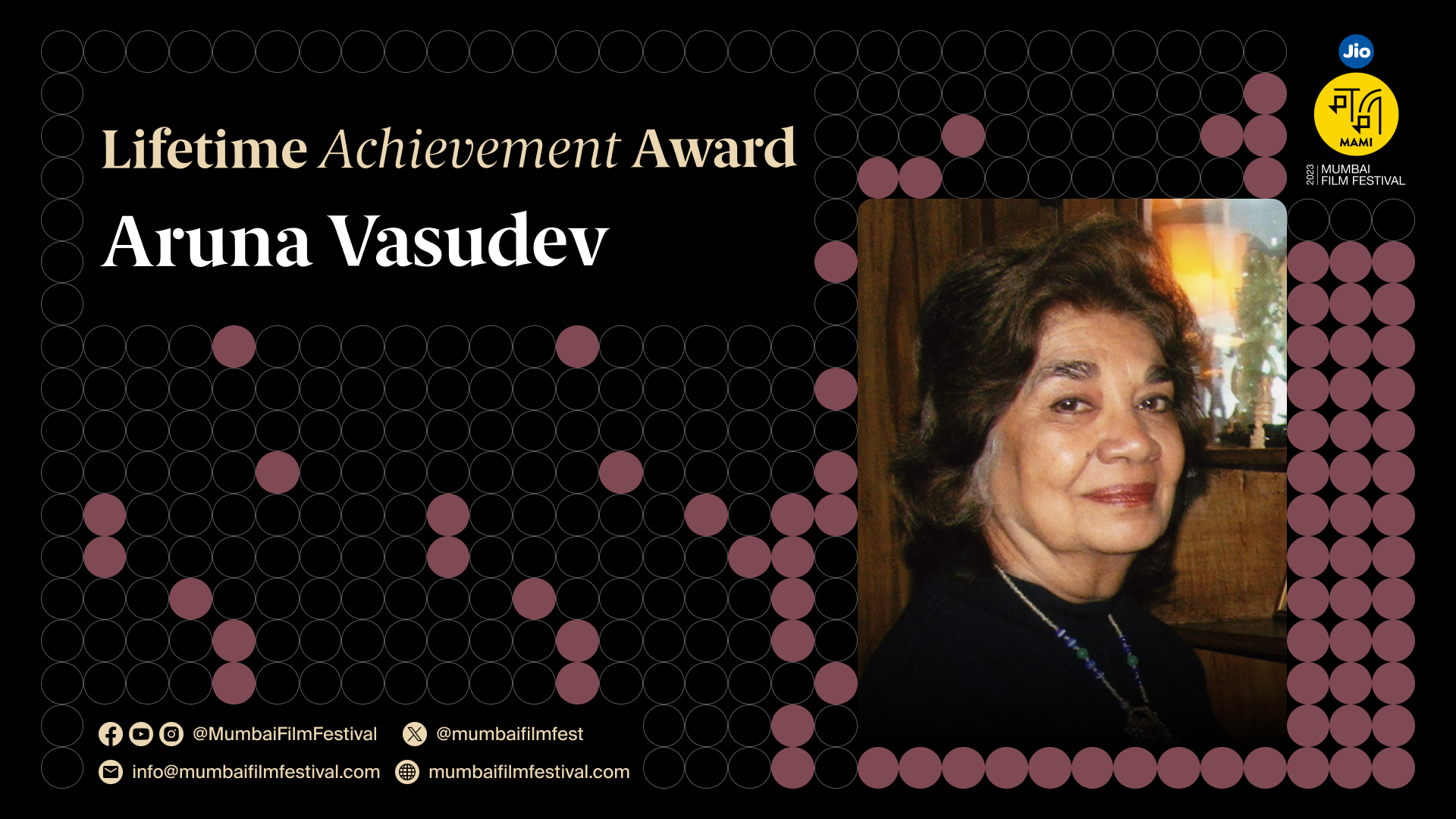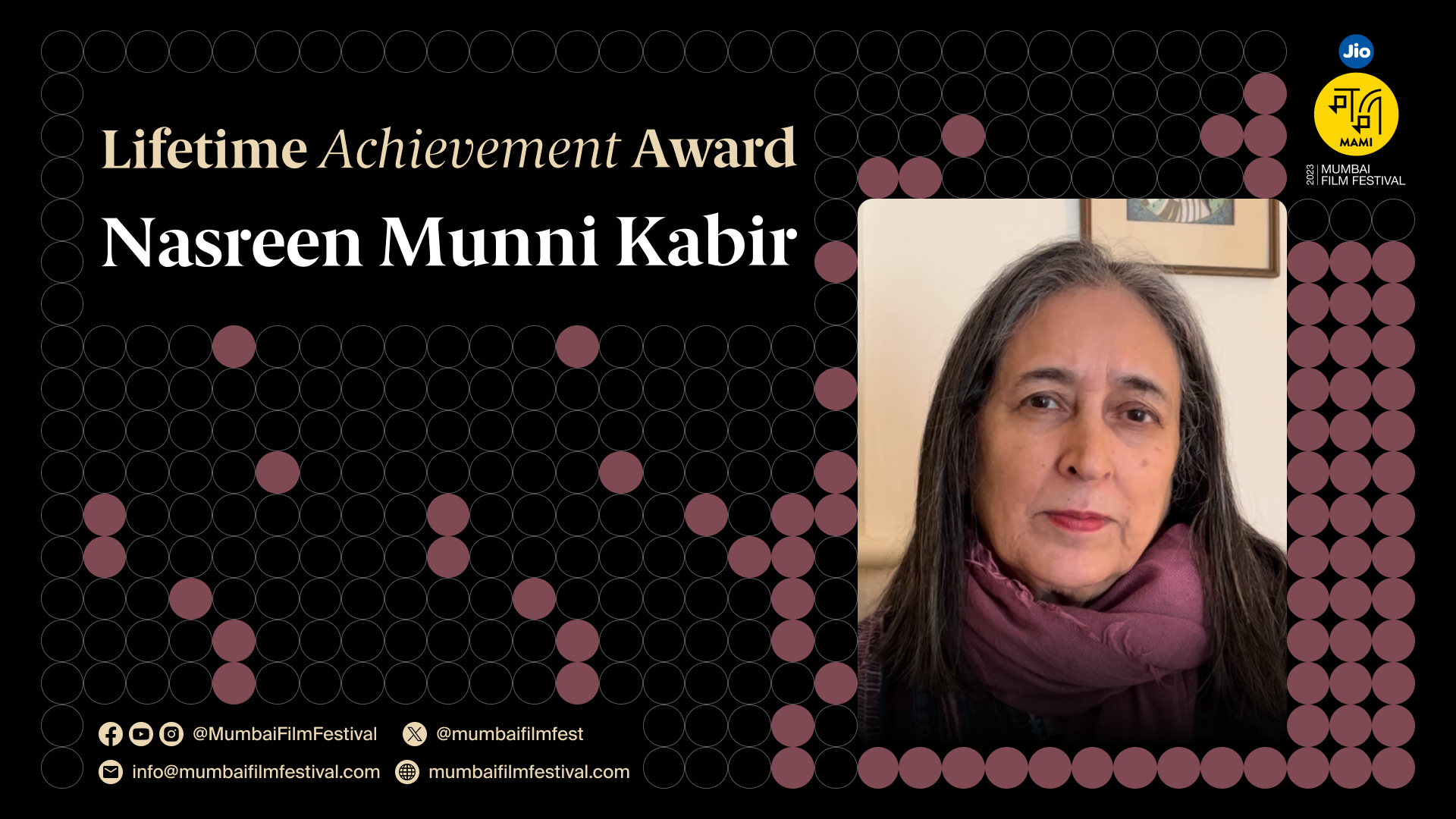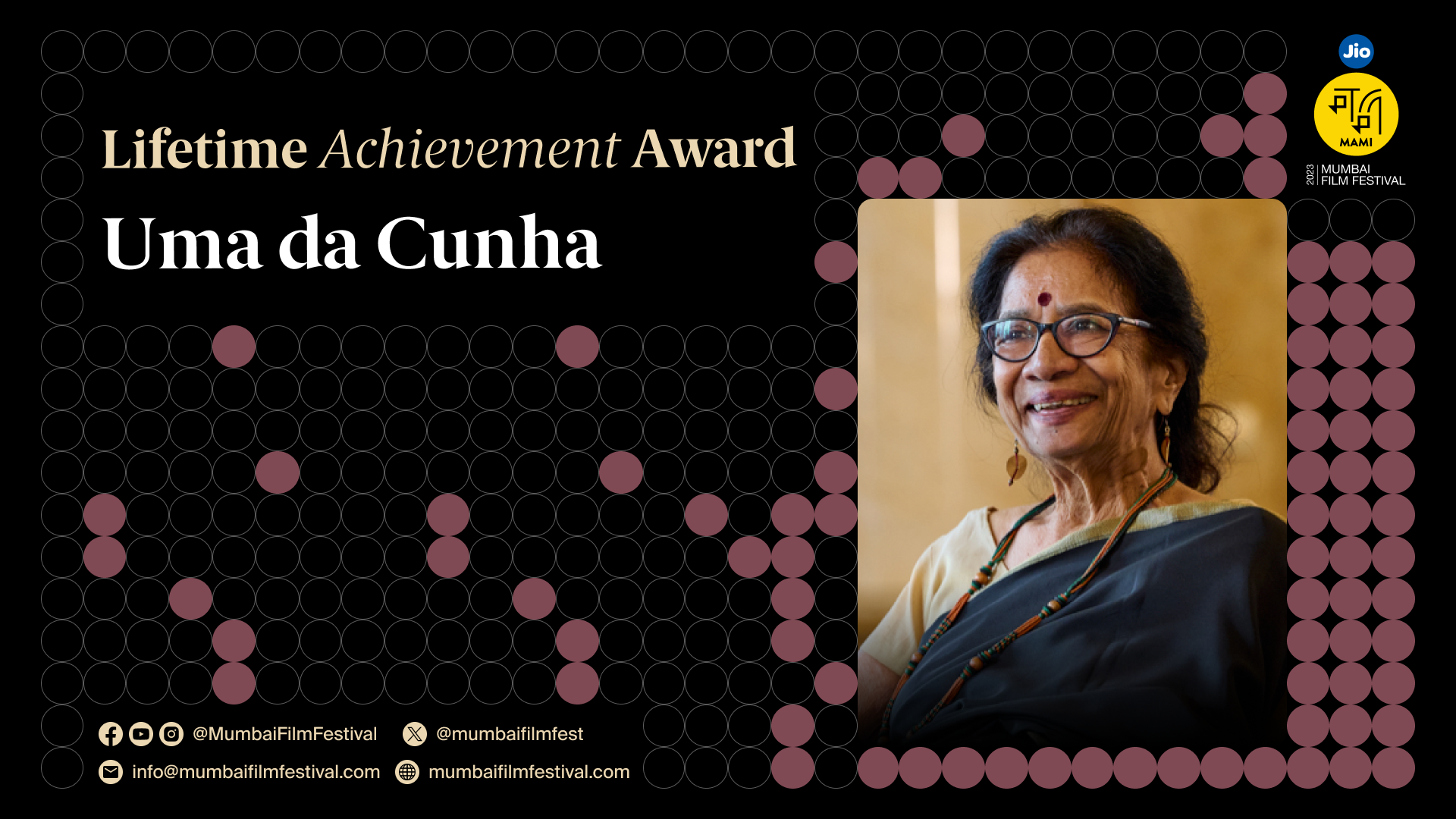Frank Williams is confiding in his friend Veeru about how he was mistaken for someone else by a family in a bungalow. He didn’t protest. Instead, he went along because of how familiar the bungalow felt. This is an oddly acted scene from Hum Kaun Hai? (2004), painfully flitting between dialogues in Hindi and English. Starring Amitabh Bachchan as Frank and Dharmendra as the friend (named after his character in Sholay, probably as an in-joke), they’re both far from their element. The scene (or the film) would feature nowhere near either of their showreels, but such is the beauty of Cedric Dupire’s The Real Superstar — an irreverent, experimental archive of Bachchan’s life, which not only showcases this scene, but uses it for a very specific effect within its narrative. I was amused, startled and impressed by Dupire’s pick.
Recently showcased at the MAMI Mumbai film festival 2024, a lot of cinephiles wandered into a late-evening screening of the film, unsure about what to expect. Most showed up probably because of the instantly recognisable face on the poster: Bachchan in his costume from Ajooba (1990). The veteran actor’s face might adorn practically every minute of the film, but this is Dupire’s film through and through. He uses scenes from Bachchan’s films to communicate why he was such a darling of audiences, while also closely examining his God-like status in India.
Dupire was in Rajasthan in 2002, where he was making a documentary on the folk musicians, when he was introduced to Hindi cinema. He remembers seeing Bachchan’s face plastered on most places his eyes went to. Only a few months ago, Kabhi Khushi Kabhie Gham (2001) had released. “At first, I was interested in fans, people – I couldn’t understand this devotion to an actor. I found out that people know dance steps and dialogues by heart,” says Dupire over a video call, “... just like how people in France know their chanson by heart.” Dupire started off with an idea around Bachchan’s lookalikes. He stuck with it for some time, which eventually didn’t pan out.
The 45-year-old filmmaker realised he was fascinated by how his audience were seeing Bachchan – almost like popular cinema could give them the answers. And the person delivering the answer would become God. “And then the core idea of the film became about how he’s a character in my film: where he’s the actor that he is, but he’s also what people see him as.”







